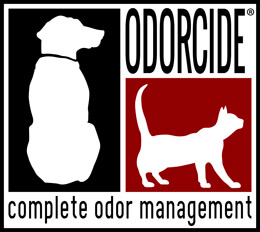Key Points
- Smell matters to your employees, your clients, and your patients.
- It’s important to ask outsiders to evaluate the smell of your practice and offer candid feedback.
- Client retention is the #1 critical success factor in small animal practice.
- Your practice – your physical facility and your people – must consistently deliver client experiences that exceed expectations.
- First-impressions for clients – the first few seconds – matter.
- Practitioners should employ tactics and strategies to augment client retention.
Business is tough. Costs are rising, but revenues are not. Transactions and new client numbers are flat, along with the pet population. Unprecedented competition in the pharmacy threatens a once-solid income stream. Dr. Google is increasingly prominent. Pet owners have more choices than ever on where to buy products and services. Veterinarians and practice managers are anxiously looking for solutions as never before.
When things aren’t going right, revisiting the basics is always a good idea. Slumping athletes usually go back to the fundamentals, and nothing is more fundamental than the smell of your veterinary clinic!
A veterinary clinic can be an awfully smelly place. The cause of the unpleasantness ranges from urination “accidents” by incontinence or unhousebroken animals, to odors from relieving anal sacs, to male Tomcat spray, to your everyday kennel and laundry room stench.
Odor’s not a problem in your practice? Don’t be so sure.
If you have the courage, ask the next three sales reps that visit your practice if they detect any malodor whatsoever. Ask them to be totally candid in describing exactly what they smell. Ask them if it might smell better. These people call on 100 clinics in your area, so listen to them.
WHAT IS OLFACTORY
FATIGUE?
Read on the back!
“In his book The Dog’s Mind, Dr. Bruce Fogle cites studies from the 1970’s that showed dogs can detect butyric acid – one of the components of human perspiration – at up to a million times’ lower than we can.” (Fogle, 1990)
“I think pet owners equate clinic malodor with a host of negatives, including but not limited to: uncleanliness, germs, infectious disease, apathy, carelessness and laziness.”
Lest the floors, walls, countertops and cages be kept sparking clean and fresh smelling, pet owners are much less likely to return again-and-again – let alone refer others. Today, more than ever before, your people and your physical facility must convey quality and value. Remember, pet owners have lots of choices.




